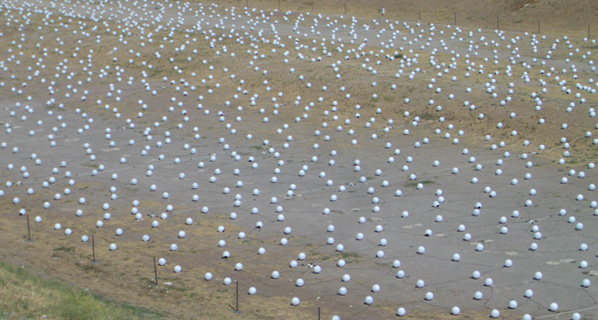




Anish Kapoor..
http://www.designboom.com/weblog/cat/10/view/14562/anish-kapoor-monumenta-2011-leviathan.html
Particles from Ciriaco Castro on Vimeo.
The word “interactive” is found everywhere these days. It may be worthconsidering what “interactive” means and whether things presented to us as”interactive” actually are so, before moving on to consider why we might want our designed objects and spaces to be “interactive”. Interaction concerns transactions of information between two systems (for example between two people, between two machines, or between a person and a machine). The key however is that these transactions should be in some sense circular otherwise it is merely “reaction”
Usman Haque 2006 www.haque.co.uk
 Phone Flora
Phone Flora Chair Flora
Chair Flora Wall Flora
Wall FloraA Practice Based Investigation into the Relationship of Normal Flora Microbiology to Philosophical Notions of the Sublime.
This project will interrogate the possibilities of scientific imagery as art – its allegorical, expressive, and social character. It will consist of a new body of laboratory-based scientific investigation (a study of the normal flora encountered in my everyday life), the creation of a multimedia installation which will fuse sculptural and craft-based techniques with digital media, and a critical, contextualising essay on the issues addressed by the studio-based work. The installation will engage artists, scientists and the public, raising awareness through an experiential artwork.
Scientific research in the field of Normal Flora bacteriology is negligible, as these microbes are rarely of commercial or medical interest. Ontologically and epistemologically, however, they have great relevance in understanding the world in which we live, and our perception of ourselves. Anna Dumitriu has now begun to investigate, through practice-based artistic research, the cultural and aesthetic implications of these microbes. Although individually these bacteria are tiny, they are vast in number: a single teaspoon of topsoil contains about a billion bacterial cells, about 120,000 fungal cells and some 25,000 algal cells. Incredibly beautiful, and the source of (mostly irrational) fears, they have been the objects of representational challenge for scientists since the beginnings of microscopy (Hook Micrographia (1662); Haeckel Art Forms in Nature (1904)). Now conjoined with the revelatory technologies and discoveries of other disciplines they have contributed to a contemporary fascination with the relation between art and science.
Key Question:Performance for a matrix of 64 gas balloons, lights, and sound
A room is filled with deep, evolving noises from a four-channel sound system. An eight-by-eight array of white, self-illuminated spheres floats in space like the atoms of a complex molecule.
Through variable positioning and illumination of each atom, a dynamic display sculpture comes into being, composed of physical objects, patterns of light, and synchronous rhythmic and textural sonic events. Change, sound, and movement converge into a larger form.
The height of the helium balloons is adjusted with a computer-controlled cable, whilst the internal illumination is accomplished using dimmable super-bright LEDs, creating a pixel in a warped 8x8 spatial matrix.
The sonic events, the patterns of light, and the movement of the balloons are manipulated in real time as a 45-60 minute-long performance.
Balloon motion control: Christopher Bauder
Music, sound design & LED patterns: Robert Henke
Balloons software and hardware engineered by C.Bauder, Till Beckmann and Holger Pecht / whiteVoid
http://www.whitevoid.com
http://www.monolake.de



Massimo Silenzio - Installation from House42 on Vimeo.
